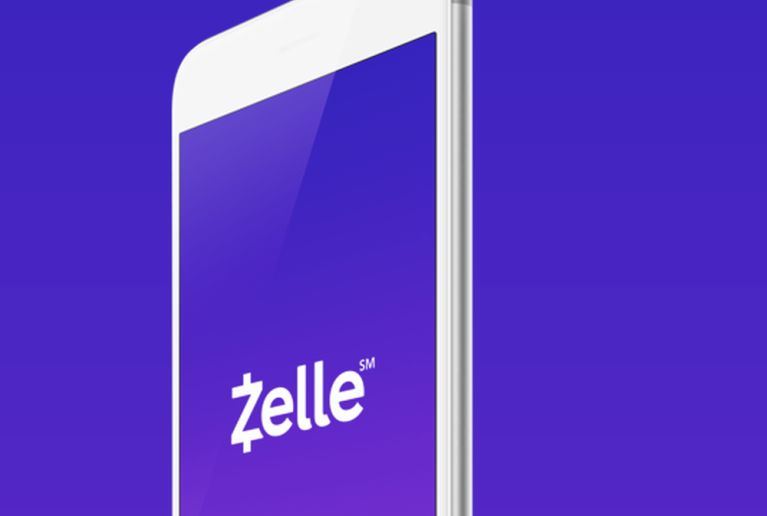
The hype around P2P payments has been fairly turned up over the last few years, and the upcoming battle between big bank-backed Zelle and PayPal property Venmo has certainly gotten quite a bit of attention on these pages and many others.
But, curiously enough, when it came time for Zelle to make the great leap forward and out into the marketplace — its emergence yesterday was somewhat muted. Bank of America announced yesterday that it is officially the first of the big banks to incorporate Zelle into its banking app. That means as of now, BoA customers will have the ability to transfer funds P2P and use the service to even split payments.
“When Zelle rolls out among all the partner banks later this year, the platform will provide consumers a faster, easier way to send and receive payments in minutes without leaving the security of their own financial institution,” BoA noted in a release.
And that partner banking network, for Zelle, certainly packs a notable punch. All in all, nineteen banks have signed on for Zelle: BoA, Chase, Citigroup, Wells Fargo and U.S. Bancorp, among others, with one fairly simple objective: catch and pass Venmo in the P2P space.
Zelle will most likely be incorporated into other partners in much the way the BoA integration went — as a feature within a bank’s own mobile app. However, consumers will also have the option of a standalone Zelle payment app by the middle of the year. That app will work with any debit card — regardless of what bank issued it.
The race with Venmo will be tough — and Venmo has a big head start, since it was first founded in 2009. It processed $17.6 billion in transactions last year, a 135 percent increase from the previous year. And Venmo’s base is almost inordinately fond of it.
“That’s a huge advantage,” said Michael Moeser, director of payments at Javelin Strategy & Research. When presented with another option, ‘‘An avid Venmo user is going to ask, ‘Why do I need something else?’’’
But Zelle has a big advantage all its own — a cemented connection to the big banks where millions of Americans keep their money. Want to request $40 from a friend? Using Zelle means those funds hit the user’s actual bank account within minutes of the transaction.
A Venmo user, on the other hand, would see the funds in the Venmo wallet — but would then have to cash out the balance and wait for its arrival in order to actually turn it into cash. Venmo is working hard to fix that up — PayPal’s deal with Visa and Mastercard earlier this year makes it possible to move money over debit networks, and by the mid-year mark, it should be possible to cash out a PayPal account nearly instantly.
The launch of Venmo’s new competitor has been rolling out gradually — and the first phase will see bank payment apps incorporate Zelle’s options and basic design (though there will be no Zelle branding). Zelle is, in and of itself, a free service — though partner banks can chose to add a charge if they wish. (Few think they will because Venmo is free.)
So what are the stakes? As it turns out, they are bigger than the groceries.
‘‘This is a great time for us to move [person-to-person payments] from millennials to mainstream,’’ said Lou Anne Alexander, Early Warning’s group president for payments. The use of mobile banking apps is growing exponentially, creating many more opportunities for people of all ages to send and request money. ‘‘Any place we see checks and cash, that’s our target,’’